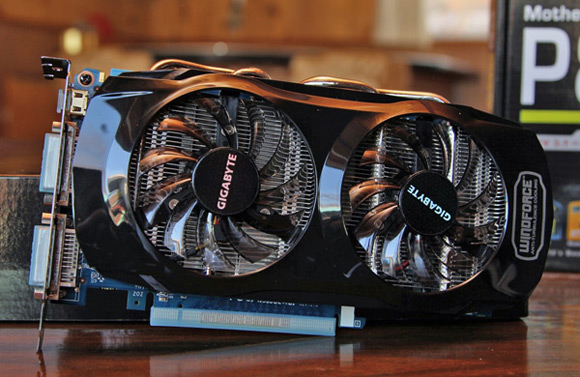
MOTHERBOARD: ASUS P8P67 PRO REV 3.1 ($144.99)
If you’re going to pursue the path of the overclocker, it’s of paramount importance that you find a motherboard that can withstand the additional stresses your sped-up CPU will inflict upon it. Asus’s P8P67 Pro is an established champ in that category, with the company also providing a handy and comprehensive overclocking guide over on the Hard Forum. The P67 chipset is Intel’s performance-oriented setup and Asus outfits it with all the extras you’ll need: four 6Gbps SATA connections, four USB 3.0 jacks, Bluetooth 2.1, 8-channel audio, and support for dual-card graphics solutions such as Nvidia's SLI or AMD's CrossFire.

In place of the old school BIOS, you get the fresh and new Unified Extensible Firmware Interface, which performs all the roles of a BIOS, but does it with a much friendlier graphical UI that also lets you use your mouse. Asus also throws in a heap of power-tweaking options and fail-safes to prevent your clock speed experiments from ending unhappily. Intel’s newer Z68 chipset adds a pair of intriguing features in enabling Quick Sync (video transcoding acceleration using the integrated GPU) and Smart Response (using an SSD as a giant memory cache), but neither of those is particularly relevant to our purposes, so we considered this a good moment to step back from the latest model and save some money.
GRAPHICS CARD: GIGABYTE GTX 560 TI OC 900MHZ 1GB ($214.99)
Pick any price point you care for and you’ll find the nearest affordable graphics card from AMD is almost indistinguishable from its Nvidia-built competitor. There are technical differences aplenty, sure, but the two companies are matching each other in performance almost across the board, and where they don’t, the slightly slower chip sits proportionately lower on the pricing scale. That’s not to say that all GPUs provide the same value for money. The $200 to $250 bracket is still the place where you’ll get the most frames per dollar spent, and it’s presently led by the Radeon HD 6950, which consistently outperforms the GTX 560 Ti but also costs a little bit more as a result.

We’ve settled on a happy compromise between the two by choosing a manufacturer-overclocked version of the 560 Ti. Gigabyte’s OC variant of this graphics card doesn’t just turn up the clocks, it also adds higher-quality capacitors and a custom dual-fan cooling solution with four copper heatpipes. It received a glowing review from the guys over at the Tech Report and has enough grunt to allow us to play most games at 1920 x 1080 resolution with all quality settings turned up. 1080p is by far the most popular resolution on desktop monitors today, meaning that you'll be unlikely to need any more firepower than the GTX 560 Ti provides to enjoy games at their highest fidelity on your display's native settings.
Thanks to its strong performance and palatable price, the 560 Ti (and the Radeon HD 6950 alongside it) is a great choice for a lynchpin to build a true gamer's rig around. Should your budget extend further skywards, the GTX 580 from Nvidia and the HD 6970 from AMD are the obvious top-tier choices, though we’d actually recommend against investing in either of them right now. Both companies are scheming up upgrades with a new 28nm production process, which should push the performance ceiling up and prices of current-gen hardware down. In general, the best advice with any graphics cards, and probably hardware in general, is to buy the tier just below the absolute top end, where prices are within closer reach, but performance remains high.
Comments
Post a Comment